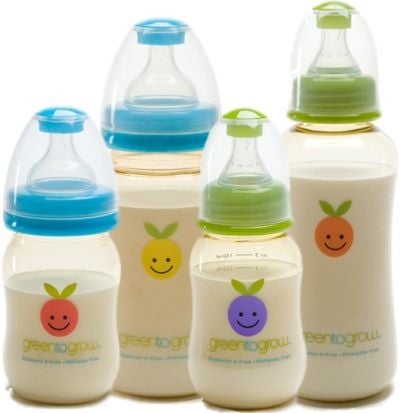Your support helps us to tell the story
From reproductive rights to climate change to Big Tech, The Independent is on the ground when the story is developing. Whether it's investigating the financials of Elon Musk's pro-Trump PAC or producing our latest documentary, 'The A Word', which shines a light on the American women fighting for reproductive rights, we know how important it is to parse out the facts from the messaging.
At such a critical moment in US history, we need reporters on the ground. Your donation allows us to keep sending journalists to speak to both sides of the story.
The Independent is trusted by Americans across the entire political spectrum. And unlike many other quality news outlets, we choose not to lock Americans out of our reporting and analysis with paywalls. We believe quality journalism should be available to everyone, paid for by those who can afford it.
Your support makes all the difference.The toxic chemical Bisphenol-A, or BPA, is detectable in the urine of more than nine in 10 Canadians, according to a study released Monday.
The Canadian Health Measures Survey of 5,600 Canadians aged six to 79 years, conducted by Statistics Canada between 2007 and 2009, found Canadian teens had the highest concentrations of BPA while the elderly had the lowest.
The average level of the estrogen-mimicking chemical in the Canadian population was small, only 1.16 parts per billion. This is a much higher concentration than natural estrogen levels found in the human body but BPA is also much less potent than estrogen, a Health Canada official said.
BPA is made from petroleum and, according to Statistics Canada, people are exposed primarily through food packaging.
Canada banned its use in baby bottles in October 2008 after tests showed it can affect neural development and behavior in laboratory animals exposed in the womb or very early in life.
Over 130 studies over the past decade have also linked even low levels of BPA to serious health problems, breast cancer, obesity and the early onset of puberty, among other disorders.
But its impact on humans is disputed, and it is still widely used in plastic water jugs, soft drink cans, hockey helmets, mobile phone housings, computers, car bumpers, carbonless papers and other consumer products.
"Health Canada has conducted a scientific screening assessment of the impact of human and environmental exposure to BPA and determined that it is of concern to human health and the environment," the study said.
However, it added, "Based on the overall weight of evidence, Health Canada has concluded that the current dietary exposure to BPA through food packaging is not expected to pose a health risk to the general population."
Statistics Canada noted that the exposure levels found in Canada were consistent with results from international studies.
"I expect there will be a push now to try to find alternatives to some of these products containing BPA," Joe Schwarcz, a chemistry professor at McGill University in Montreal, told AFP.
"BPA is critical to the functioning of the world, but it's certainly possible that exposure can be curbed," he said.
"There are no alternatives for BPA in many cases currently," he explained, but efforts are underway to find alternatives to its use in food tins, for example.
As well, alternatives already exist to "cash register receipts that have appreciable amounts of BPA," he added.

Join our commenting forum
Join thought-provoking conversations, follow other Independent readers and see their replies
Comments